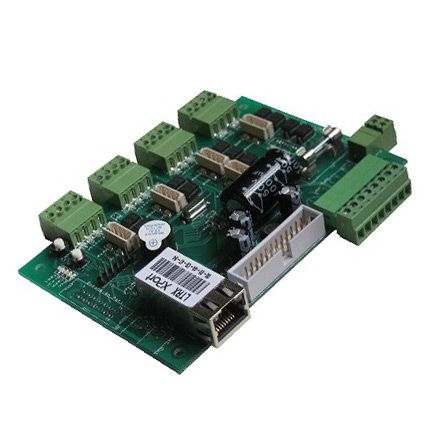

Understanding Mirror Glass Prices Factors and Trends
When it comes to aesthetics and functionality in design, mirror glass plays a crucial role. From enhancing the ambiance of a room to serving practical purposes in various applications, its demand has surged in both residential and commercial spaces. However, one inevitable aspect of choosing mirror glass is understanding its prices. This article explores the factors influencing mirror glass prices, current market trends, and tips on making informed purchasing decisions.
Factors Influencing Mirror Glass Prices
1. Quality and Type of Glass The price of mirror glass greatly depends on its quality and the type of glass used. For instance, standard float glass mirrors are generally more affordable than high-end options like low-iron or polished mirrors, which offer superior clarity and reflectivity. High-quality mirrors are typically used in upscale installations, which can drive up the price.
2. Thickness The thickness of the glass also affects pricing. Thicker mirrors, often used in commercial settings, tend to be more expensive due to the increased material costs and the complexity of their production. Standard home mirrors are usually 1/8 inch thick, but for more substantial applications, thicker glass may be necessary, which raises costs.
3. Coating and Treatments The reflective coating applied to the glass also has a significant impact on price. Silver-coated mirrors are most common, but others may use metallic coatings for added durability or aesthetics (e.g., gold or bronze mirror finishes). Specialty treatments, like anti-fog or privacy coatings, can further increase costs.
4. Size and Customization Custom-sized mirrors tend to be pricier than standard sizes due to the additional labor and material involved. Consumers should consider their specific needs—while a standard size may fit most spaces, a custom mirror might be necessary for uniquely designed areas.
5. Market Trends and Supply Chain Dynamics The price of mirror glass is also affected by broader market trends and supply chain issues. Fluctuations in raw material costs, transportation fees, and economic conditions can lead to variations in mirror glass pricing. For example, during periods of high demand or supply shortages, prices often rise, whereas they may stabilize or decrease in a more competitive market.

Current Market Trends
In recent years, there has been an increasing preference for eco-friendly and sustainable products, including mirror glass. Manufacturers are now producing mirrors using eco-friendly processes and materials, which can sometimes adjust pricing due to the higher costs associated with these practices. Additionally, the trend towards smart homes has led to innovations in mirror technology, such as mirrors with built-in LED lighting or touch-screen functionalities, which are often more expensive than traditional options.
Tips for Making Informed Purchases
1. Compare Prices Always shop around and compare prices from different suppliers. Online marketplaces can provide a wide range of options and pricing structures, allowing consumers to make informed choices.
2. Assess Quality Look for reviews or feedback on the quality of the mirror glass. Sometimes it's worth investing a little more for a product that will last longer and perform better.
3. Factor in Installation Costs When budgeting for mirror glass, don’t forget to consider installation costs, which can vary depending on complexity and location.
4. Seek Professional Guidance If uncertain about what type of mirror would best suit your needs, consult with professionals or interior designers. Their expertise can help you select the most appropriate products without overspending.
In conclusion, understanding mirror glass prices involves recognizing the various factors that contribute to them, along with staying attuned to market trends. By doing so, consumers can make better-informed choices that suit their budgets and enhance their spaces. Whether for functional purposes or aesthetic appeal, the right mirror glass can significantly impact the overall design and feel of a room.